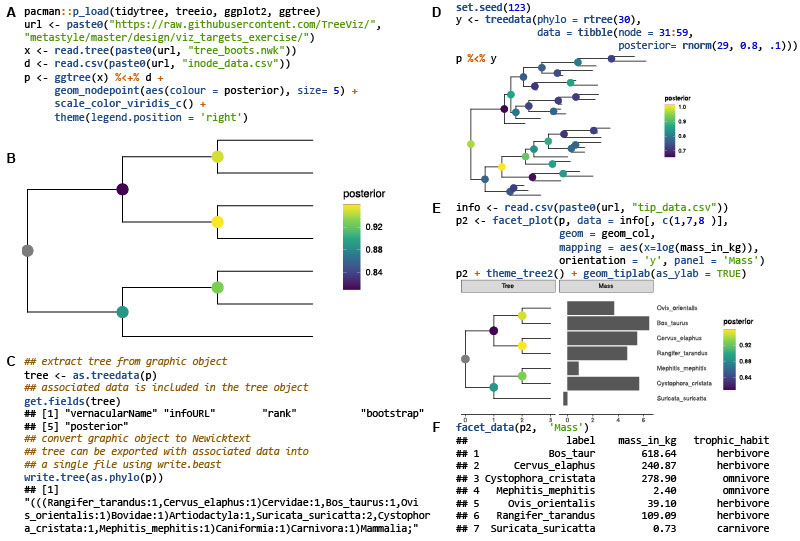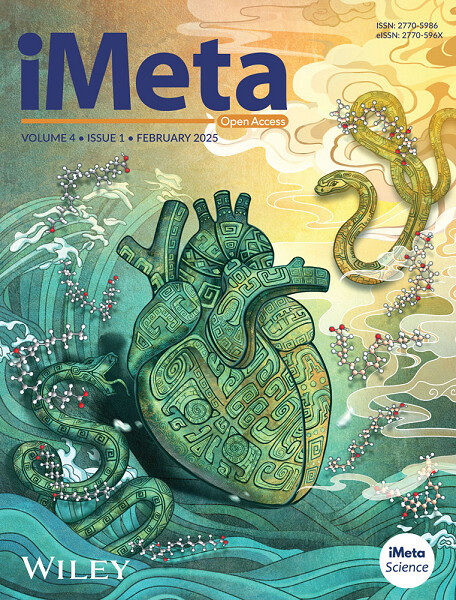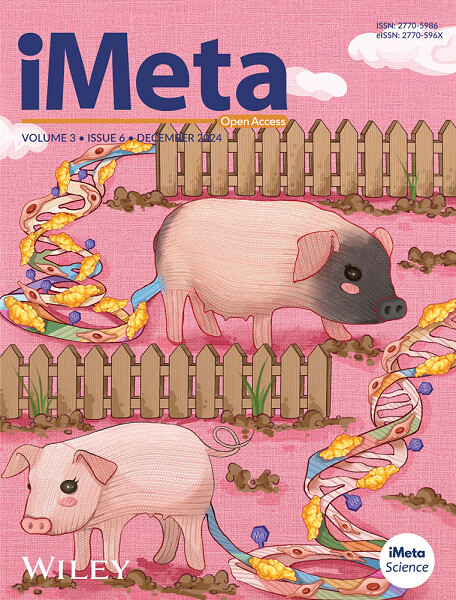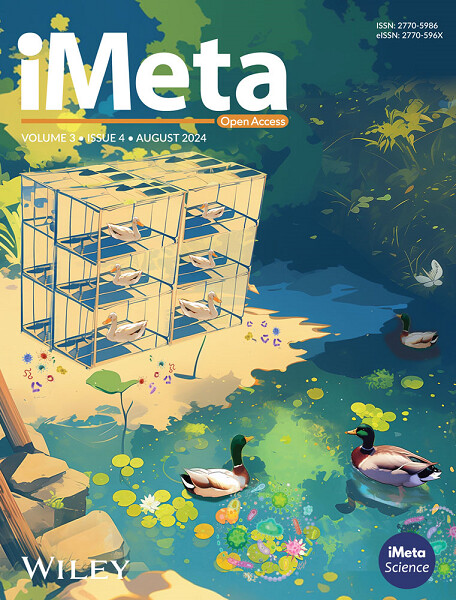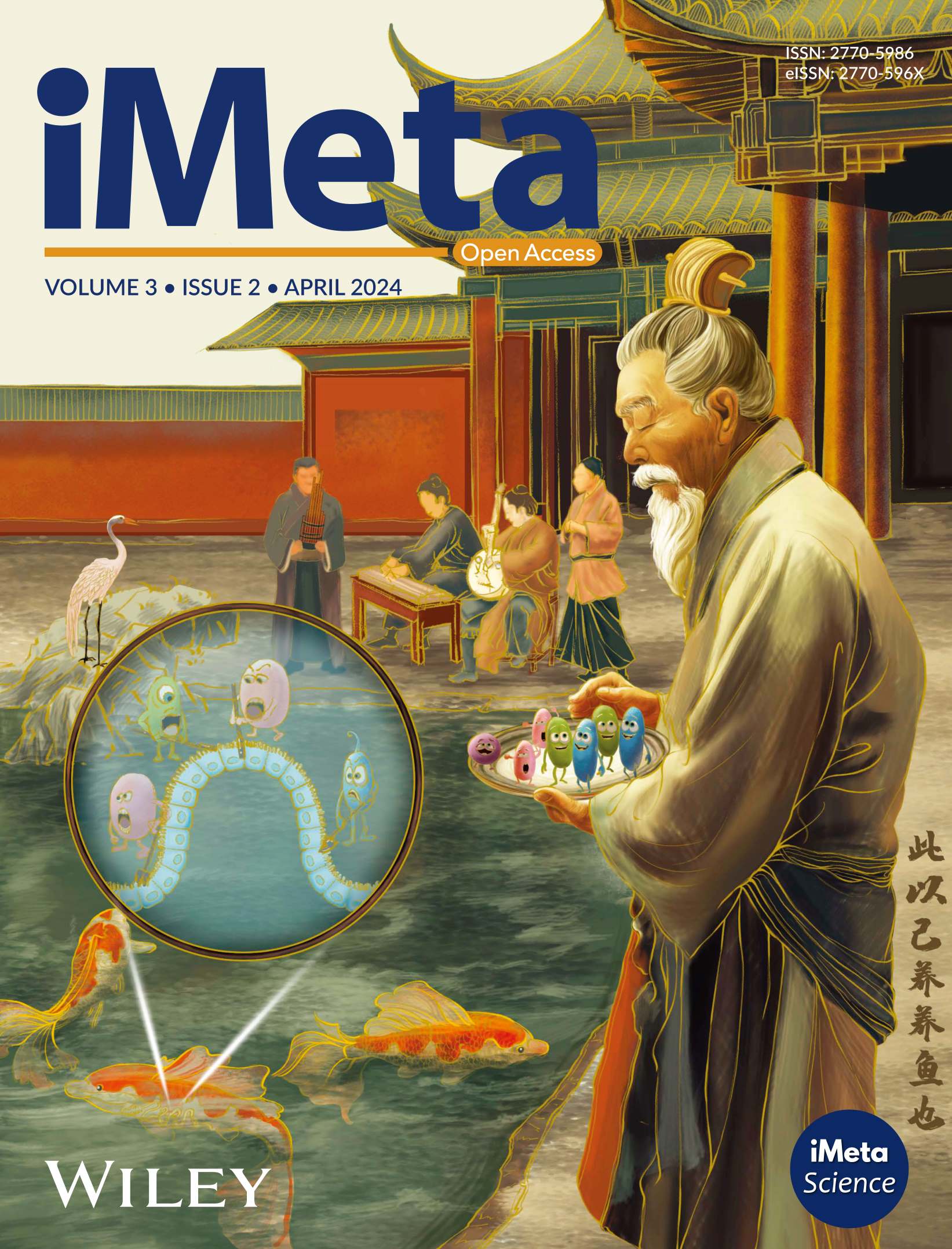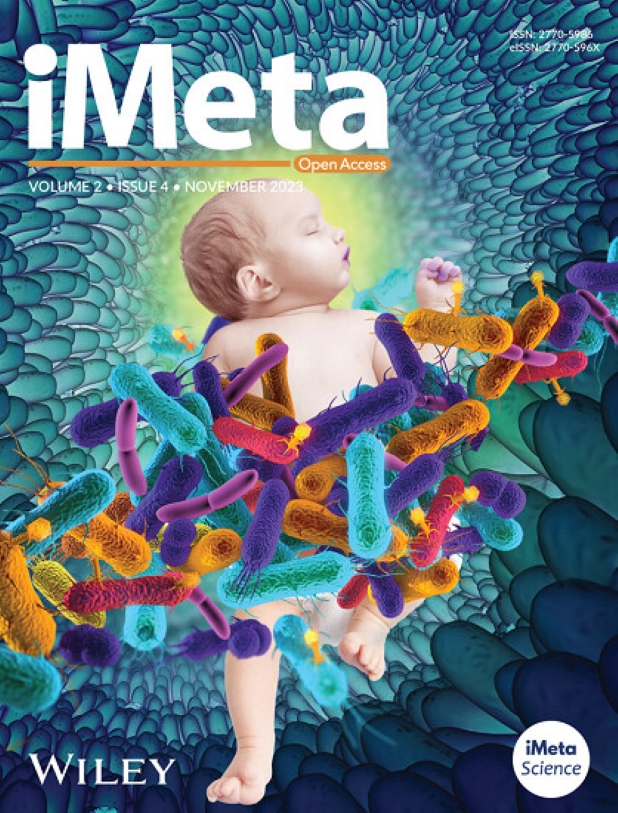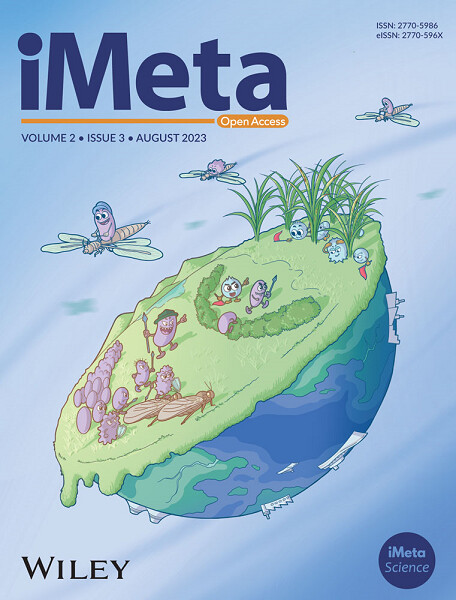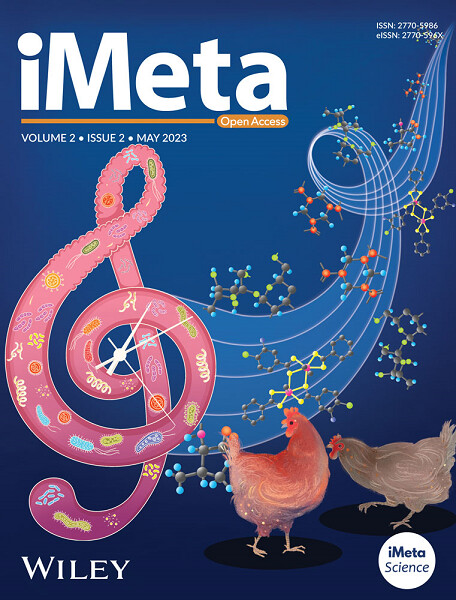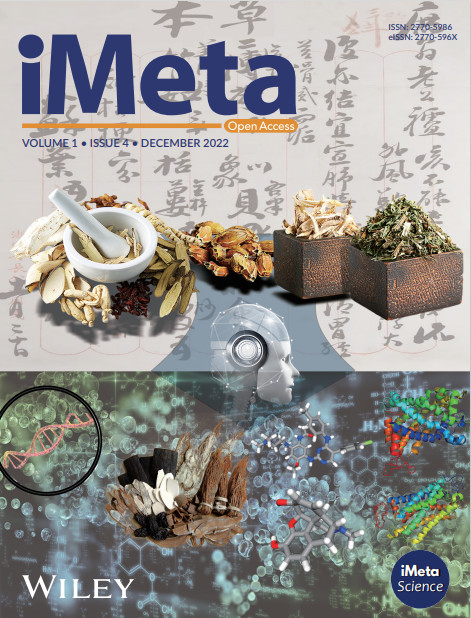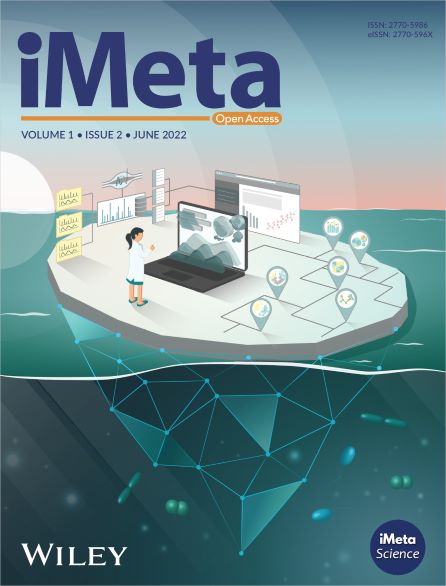













PMAT2: An efficient graphical assembly toolkit for comprehensive organellar genomes
- 01 July 2025
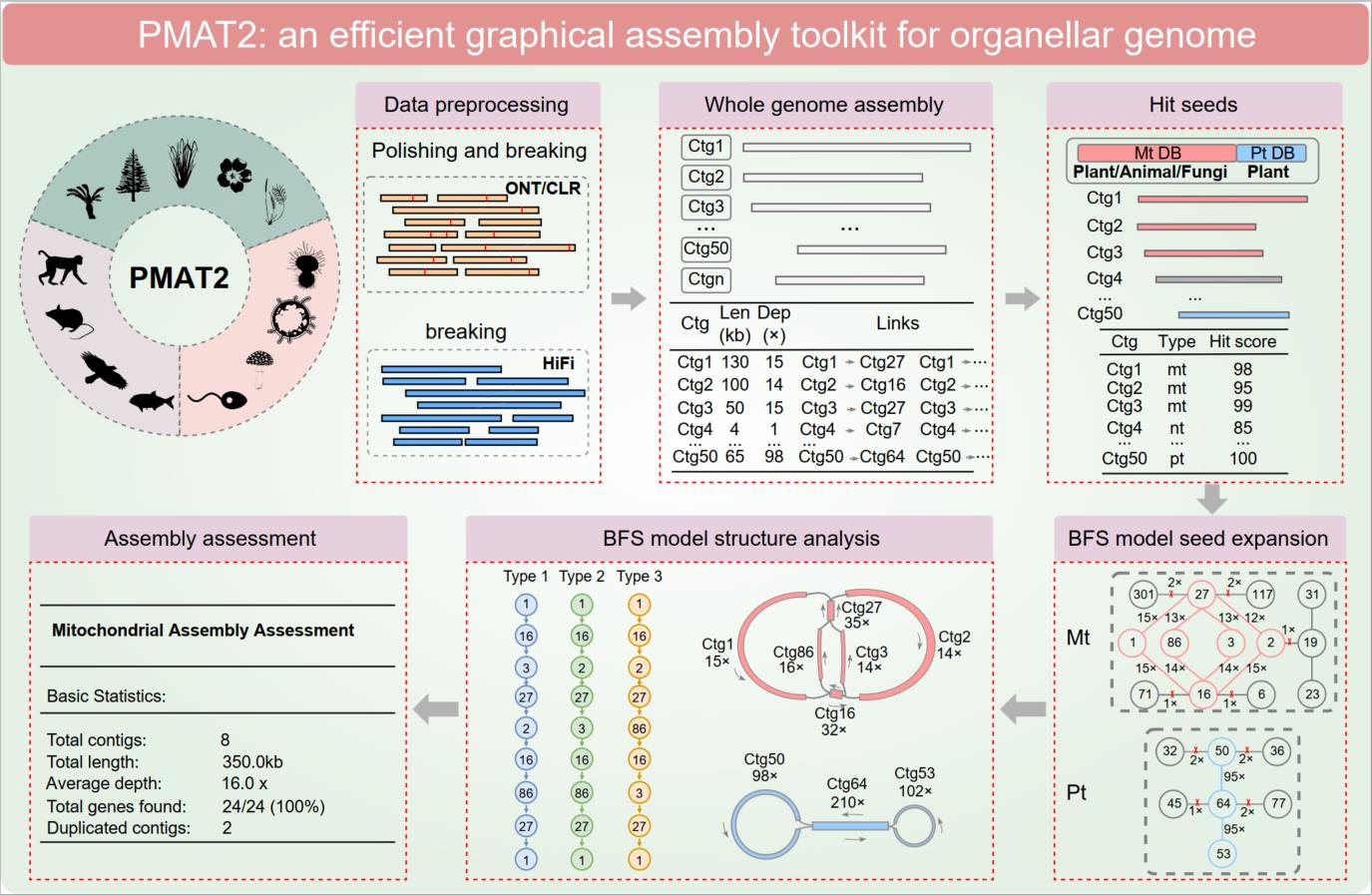
We developed PMAT2, an advanced toolkit for lineage-specific de novo assembly of plant, animal, and fungal mitochondrial genomes, as well as plant chloroplast genome. PMAT2 leverages optimized graph-based strategies tailored to organelle genome complexity, enabling complete and accurate assemblies, even with approximately 1 × highly accurate PacBio high-fidelity (HiFi) reads. By assembling 150 organellar genomes across diverse lineages, PMAT2 outperformed existing tools in assembly completeness. The source code for PMAT2 is publicly available at https://github.com/aiPGAB/PMAT2.
Probiotics restore enteric HDL3 secretion and improve prognosis in patients with end-stage renal disease
- 01 July 2025
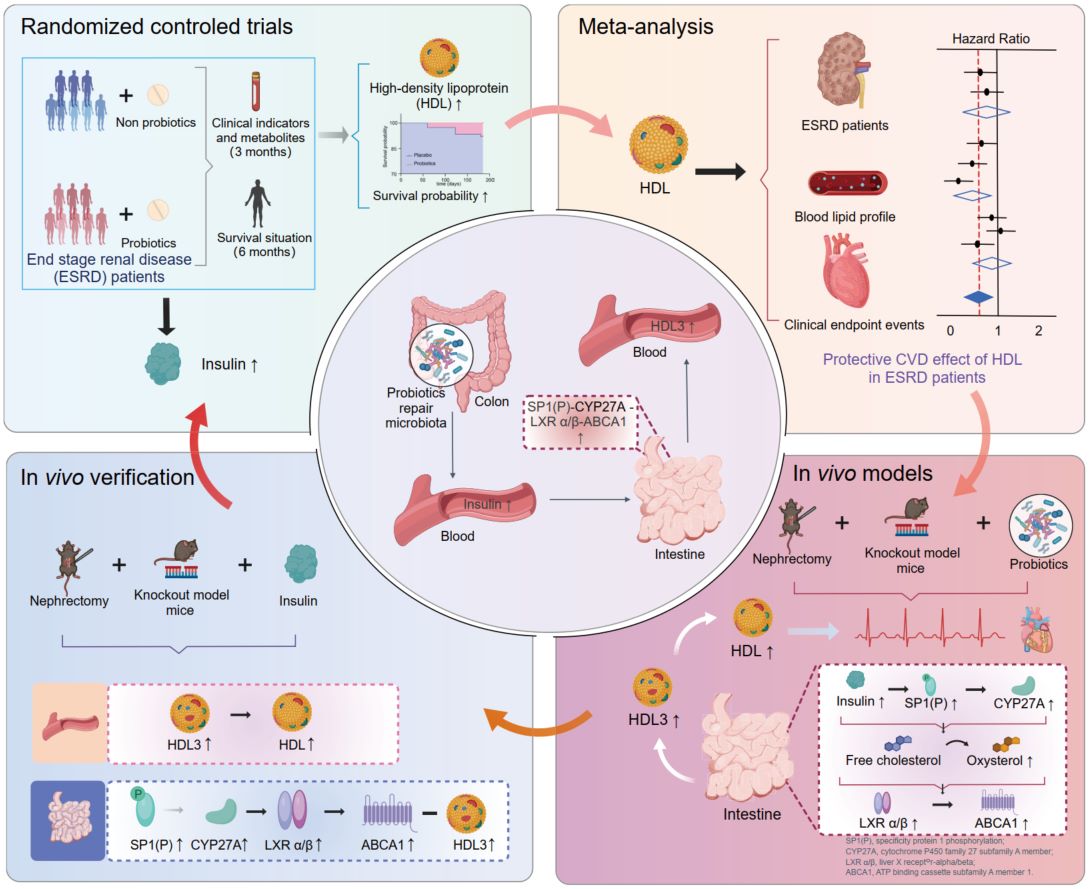
Randomized double-blind trials have shown that probiotic mixtures significantly increase high-density lipoprotein (HDL) levels and reduce the risk of cardiovascular disease mortality in end-stage renal disease (ESRD) patients. Meta-analysis with prospective cohort studies further confirms that elevated HDL is a protective factor for ESRD outcomes. In severe renal injury models, including 5/6 nephrectomy and apolipoprotein E-deficient (ApoE−/−) mice, probiotics restored cardiac function, mirroring the cardioprotective effects seen in humans. Mechanistic studies indicate that probiotics enhance intestinal HDL3 production through the insulin-mediated SP1(P)-CYP27A-LXRα/β-ABCA1 pathway, thereby maintaining HDL metabolic homeostasis. This study reveals a novel link between probiotic intervention and host cholesterol metabolism, offering a previously unexplored strategy for reducing cardiovascular risk in ESRD patients.
Macrophage-derived reactive oxygen species promote Salmonella aggresome formation contributing to bacterial antibiotic persistence
- 22 June 2025
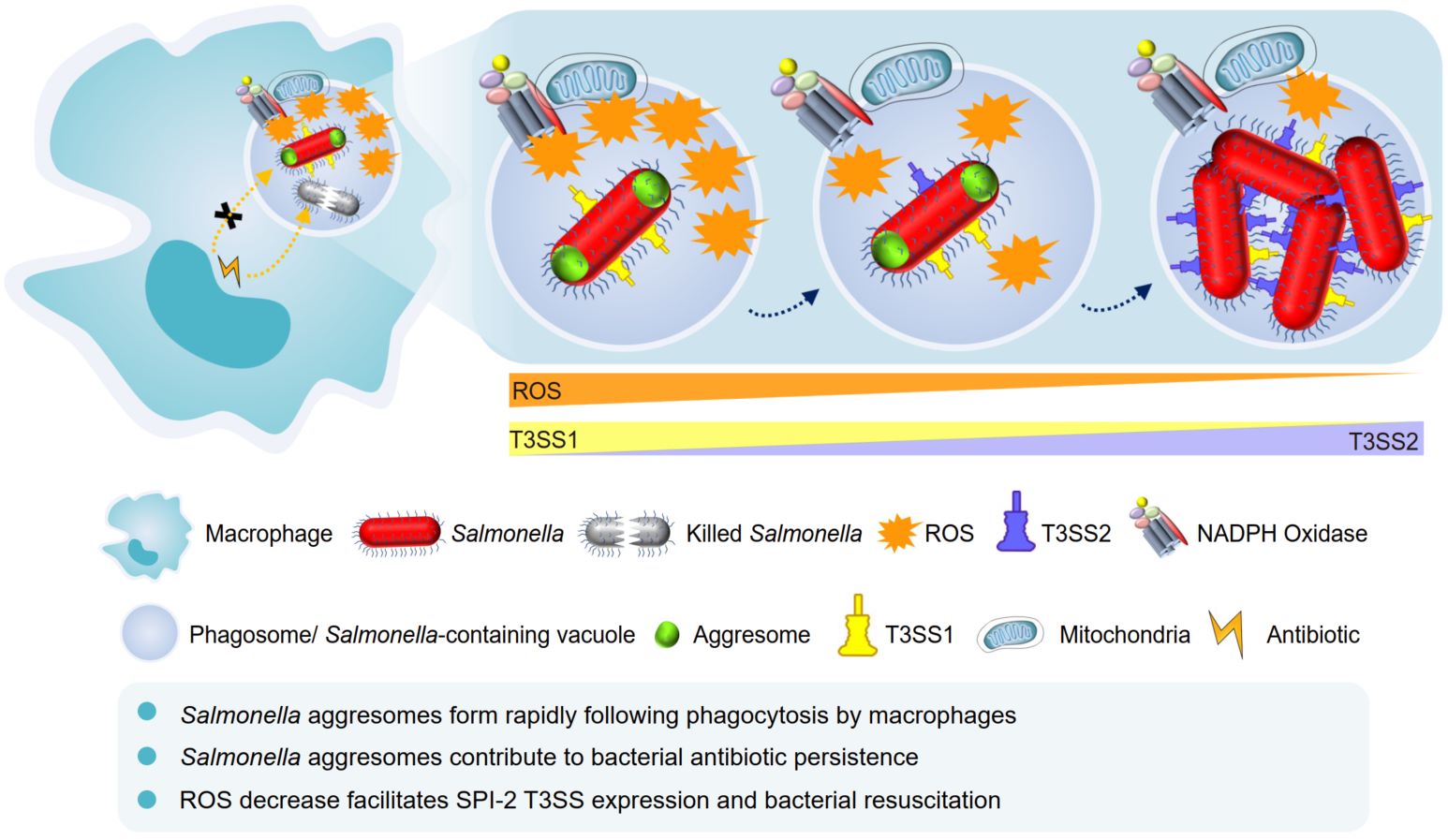
In this study, we reveal that macrophage-derived reactive oxygen species (ROS) can trigger the rapid formation of Salmonella aggresomes, which substantially contribute to the increased frequency of persisters induced by phagocytosis. Salmonella containing aggresomes exhibited a dormant phenotype characterized by reduced adenosine triphosphate (ATP) levels and decreased metabolic activity. Furthermore, these dormant bacteria showed upregulated expression of Salmonella pathogenicity island 1 (SPI-1)-encoded type III secretion system (T3SS)-related genes, followed by later expression of SPI-2 T3SS-related genes when macrophages ROS production declined. Our results demonstrate that Salmonella containing aggresomes can enter a dormant state to escape antibiotic attack, while crucially maintaining the ability to resuscitate when the stress environment is improved. Research on bacterial aggresomes could potentially provide therapeutic strategies to combat bacterial antibiotic persistence.
Gut microbiota and tuberculosis
- 22 June 2025
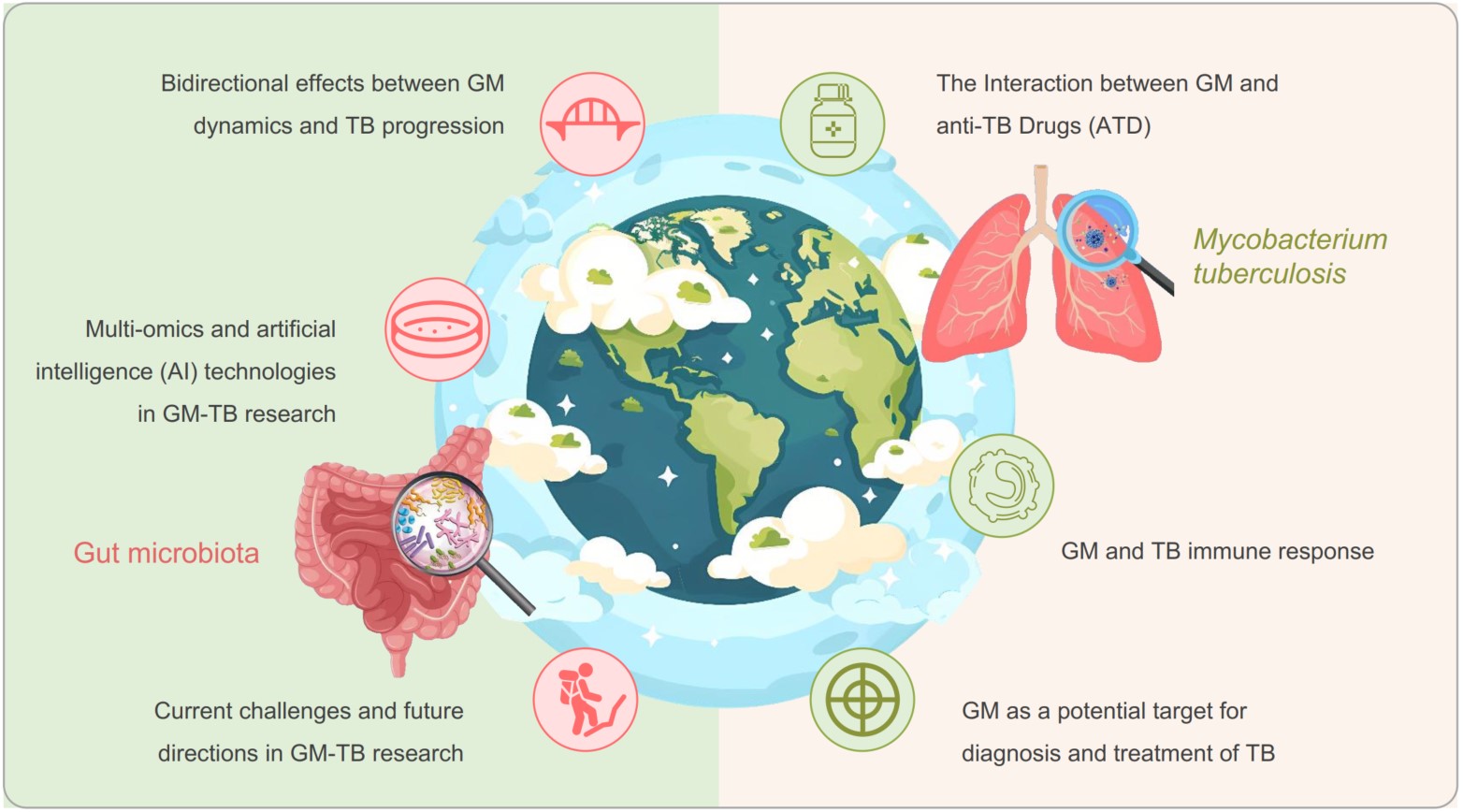
This review explores the intricate relationship between gut microbiota (GM) and tuberculosis (TB). The figure illustrates the bidirectional effects between GM dynamics and TB progression, as well as the interactions between the GM and antituberculosis drugs. It also explores the role of GM in the immune response to TB and its potential as a target for the diagnosis and treatment of TB. Finally, the application of multi-omics and artificial intelligence (AI) technologies in GM-TB research is highlighted. The review aims to shed light on the complex interplay between GM and TB, paving the way for innovative strategies in TB management.
Multi-omics insights into surface charge effects to decode the interplay of nanoplastics and bacterial antibiotic resistance
- 14 June 2025
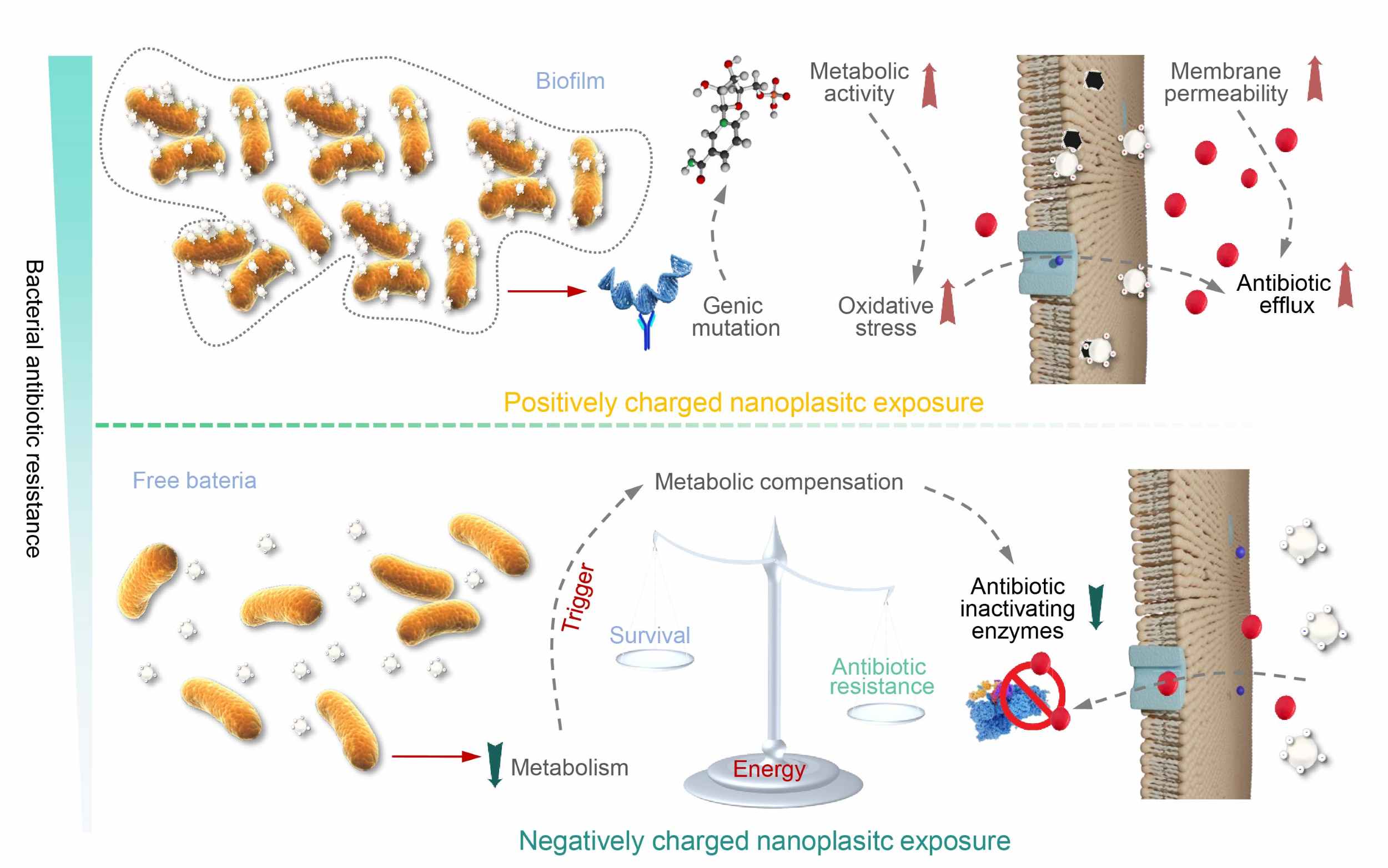
Multi-omics approaches revealed how nanoplastics with different surface charges influence antibiotic resistance in Escherichia coli K12. Positively charged nanoplastics enhanced antibiotic resistance by upregulating genes and proteins linked to oxidative stress tolerance and efflux pumps, and promoted antibiotic resistance genes transfer via conjugation and transformation. In contrast, negatively charged nanoplastics disrupted biofilm formation and metabolism, potentially reducing antibiotic resistance. These findings highlight the critical role of nanoplastics' surface properties in shaping microbial resistance dynamics and highlight emerging risks posed by nanoplastics to public health through accelerated antibiotic resistance propagation.
METTL5-mediated 18S rRNA m6A modification enhances ribosome assembly and ABA response in Arabidopsis
- 13 June 2025
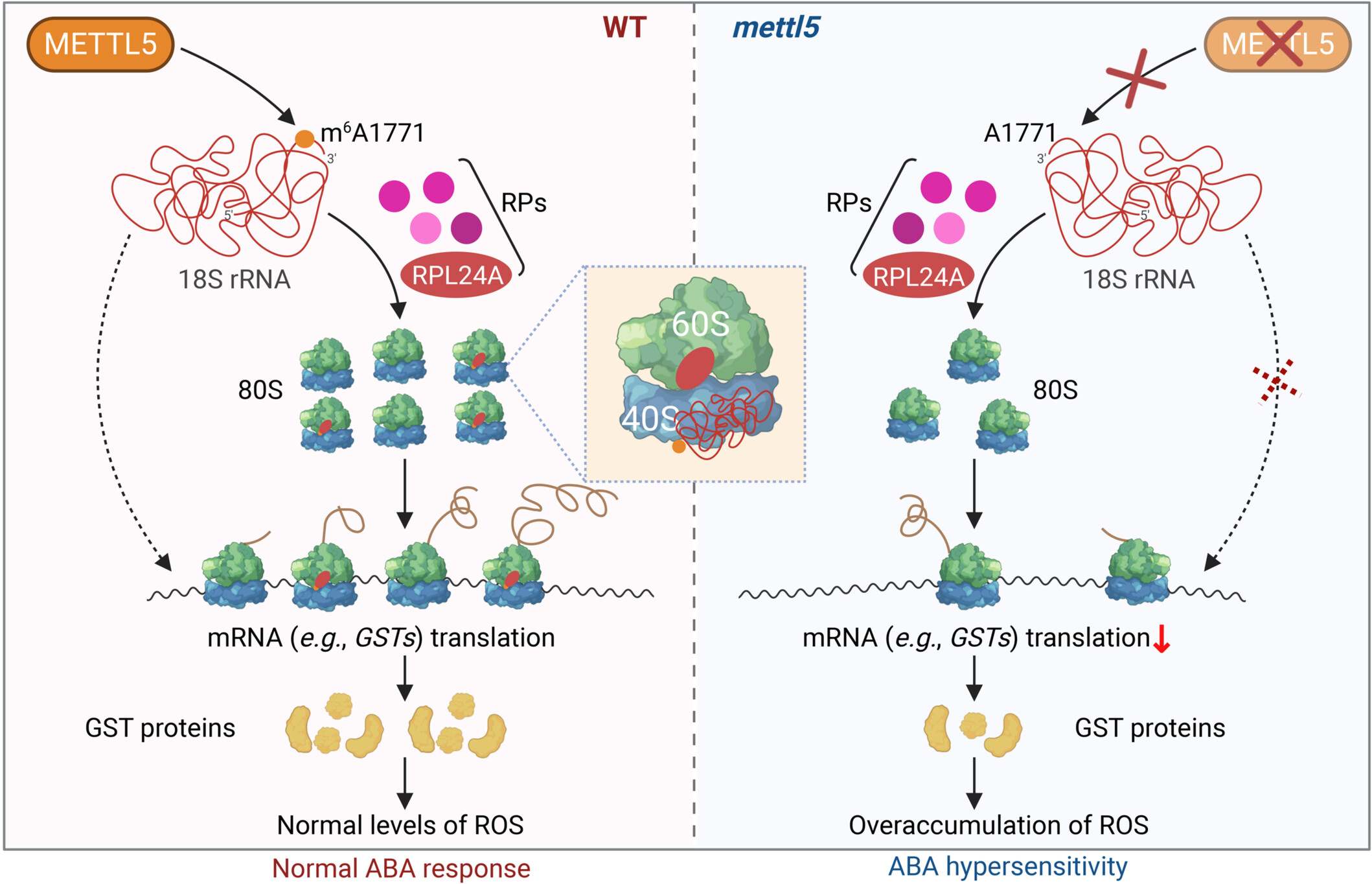
METTL5 catalyzes the N6-methyladenosine (m6A) methylation at A1771 in 18S rRNA, a modification essential for its association with the ribosomal protein RPL24A, facilitating the assembly of 80S ribosome. This facilitates the translation of mRNAs encoding the detoxifying glutathione S-transferase (GST) enzymes, thereby maintaining normal reactive oxygen species (ROS) levels and ensuring proper abscisic acid (ABA) responses. In mettl5 mutants, the absence of m6A1771 compromises RPL24A incorporation and ribosome assembly, impairing the translation of GSTs. This results in ROS excessive accumulation and hypersensitivity to ABA.
Bacterial social interactions in synthetic Bacillus consortia enhance plant growth
- 05 June 2025
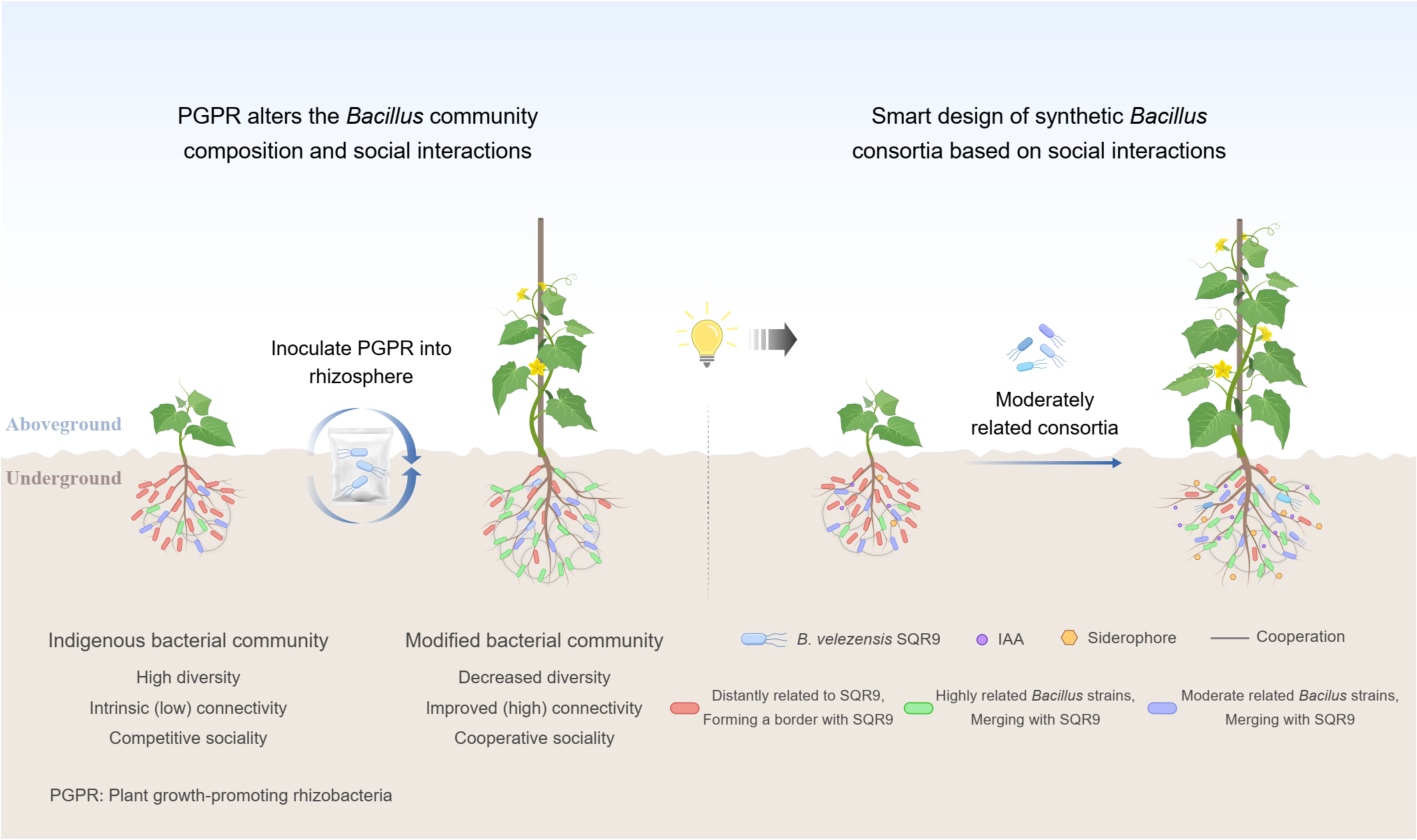
Inoculation with plant growth-promoting rhizobacteria SQR9 enhances cooperative behaviors and compatibility within the microbial community, promoting plant growth. Building on these interactions, synthetic Bacillus consortia were designed based on phylogenetic relationships and social cooperation, where moderately related consortia exhibited stronger plant growth-promoting effects. This design strategy underscores the importance of microbial social dynamics in optimizing synthetic communities for sustainable agriculture.
Single-cell sequencing reveals the role of IL-33+ endothelial subsets in promoting early gastric cancer progression
- 05 June 2025

A single-cell atlas was established to reveal the molecular characteristics of early gastric cancer (EGC). In combination with organoids, animal models, and clinical samples, it was found that subpopulations such as pit mucous-like cell (PMC-like), proliferating cell (PC), CH25H+ CD4+ T cell, IL-33+ endothelial cell, and ADAMTSL2+ endothelial cell are specifically abundant in EGC. Mechanistically, IL-33 expressed by endothelial cells can upregulate the adhesion molecules PECAM1 and CD34 to facilitate angiogenesis. Meanwhile, IL-33+ endothelial cells can up-regulate the expression of KRT17 in EGC organoids to promote tumor growth.
A Hiplot-based web service for cold atmospheric plasma high-throughput data integration and analysis on breast cancer
- 25 May 2025

Cold atmospheric plasma (CAP) represents an emerging onco-therapeutics that can specifically ablate cancer cells without harming their healthy peers via redox perturbation. CAP medicine in breast cancer (CAPmed-BC) is the first reservoir of multi-level omics data including whole transcriptome, acetylome, lactylome, proteome, phosphorylome that records the responses of different types of breast cancer cells to CAP treatment. Being the first functional module of Hiplo, CAPmed-BC can be used to capture the dynamics, functionality, and metabolism of triple negative breast cancer cells in response to CAP treatment, and is unique in interrogating cell metabolic alterations through coupled analysis of acetylome and lactylome.
RepliChrom: Interpretable machine learning predicts cancer-associated enhancer-promoter interactions using DNA replication timing
- 27 May 2025
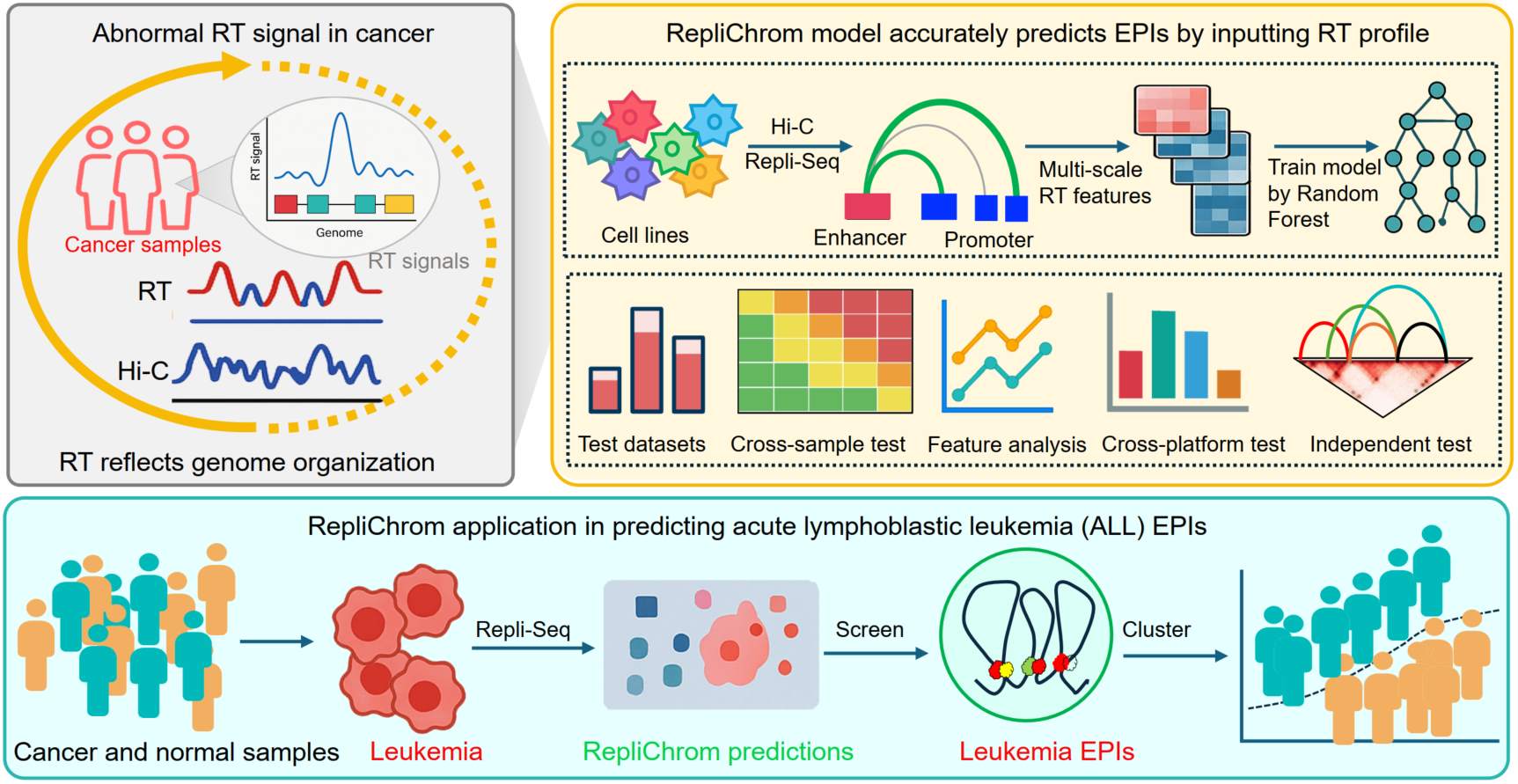
RepliChrom is an interpretable machine learning model that predicts enhancer-promoter interactions using DNA replication timing across multiple cell types. By integrating replication timing with chromatin interaction data from multiple experimental platforms, it accurately distinguishes true interactions and reveals promoter-region signals as key regulatory drivers. Importantly, the RepliChrom uncovers cancer-specific chromatin patterns in leukemia, offering mechanistic insights into how replication timing shapes long-range gene regulation in both normal and diseased genomes.
Phage-mediated horizontal transfer of Salmonella enterica virulence genes with regulatory feedback from the host
- 20 May 2025
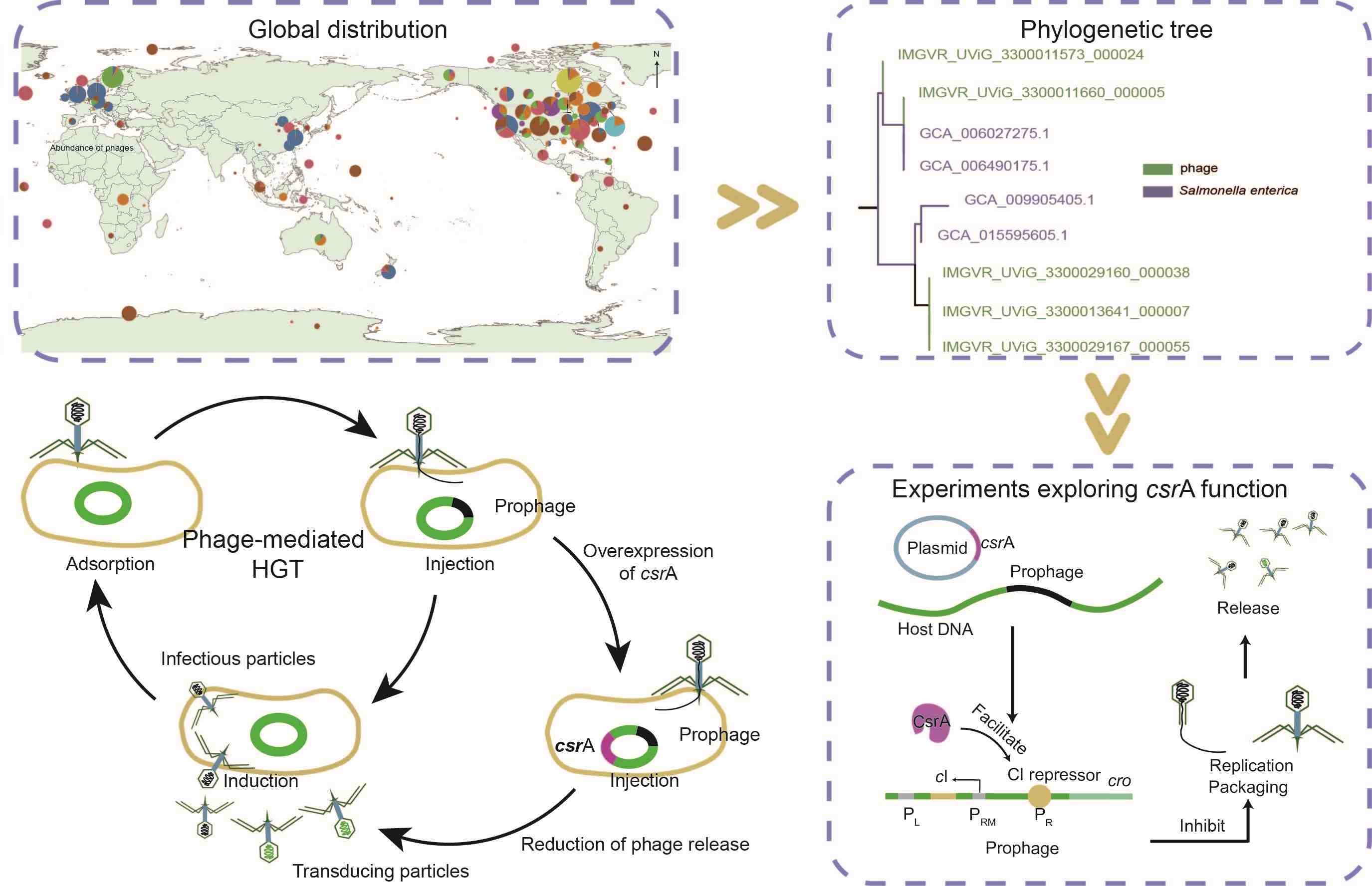
In this study, we found evidence of phage-mediated horizontal transfer of virulence genes in Salmonella enterica in global habitats from a molecular evolutionary perspective. Notably, csrA, a global regulator in Salmonella enterica, curbed horizontal gene transfer by inhibiting the cyclization and release of prophage. This is a novel finding in phage–bacteria interactions that provides new ideas for controlling pathogenic bacteria in the environment.
Soyasaponin and vertical microbial transmission: Maternal effect on the intestinal development and health of early chicks
- 20 May 2025
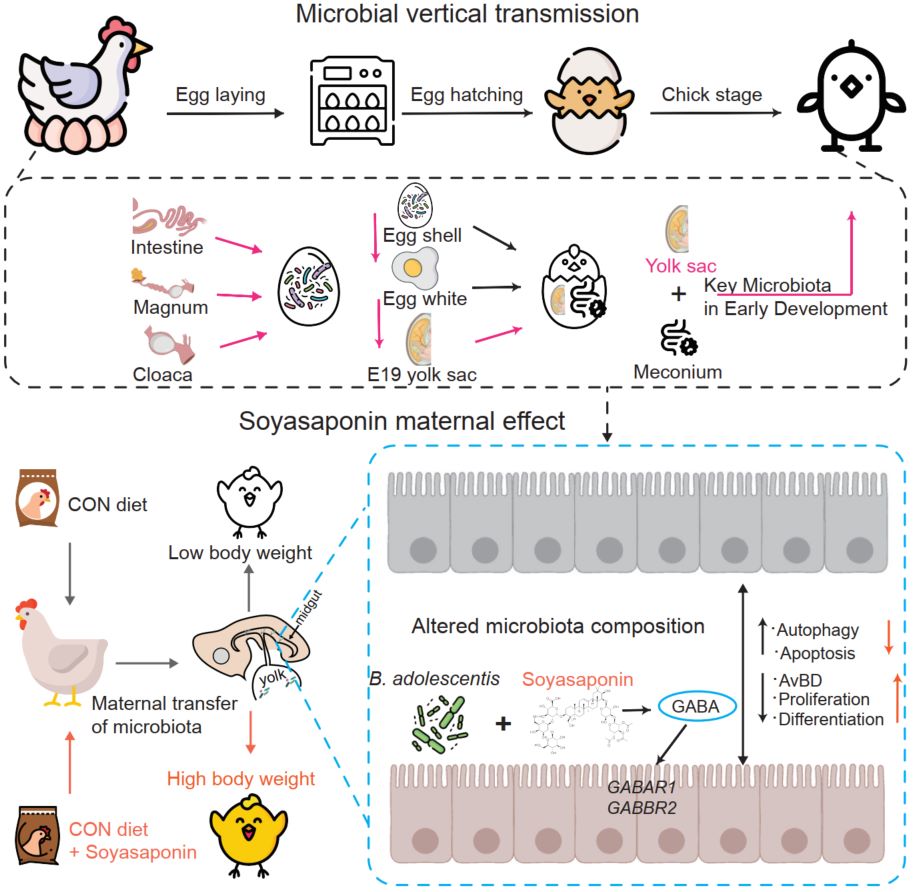
This study investigates the vertical transmission of maternal microbiota in chickens and how it is modulated by maternal soyasaponin supplementation. Using a model spanning the reproductive tract, egg components, and developing chicks, we show that maternal gut and reproductive microbiota, including Bifidobacterium adolescentis (B. adolescentis), are transmitted via the yolk sac. Soyasaponin enhances this transmission and promotes B. adolescentis-derived Gamma-aminobutyric acid (GABA) production. GABA modulates chick intestinal development by suppressing autophagy and apoptosis pathways and activating proliferation and differentiation. These effects are mediated through GABA receptors. The study highlights the interplay between host genetics, maternal diet, and microbiota inheritance, offering insights into nutritional strategies to optimize offspring intestinal health.
Gut microbiota-derived butyric acid regulates calcific aortic valve disease pathogenesis by modulating GAPDH lactylation and butyrylation
- 19 May 2025
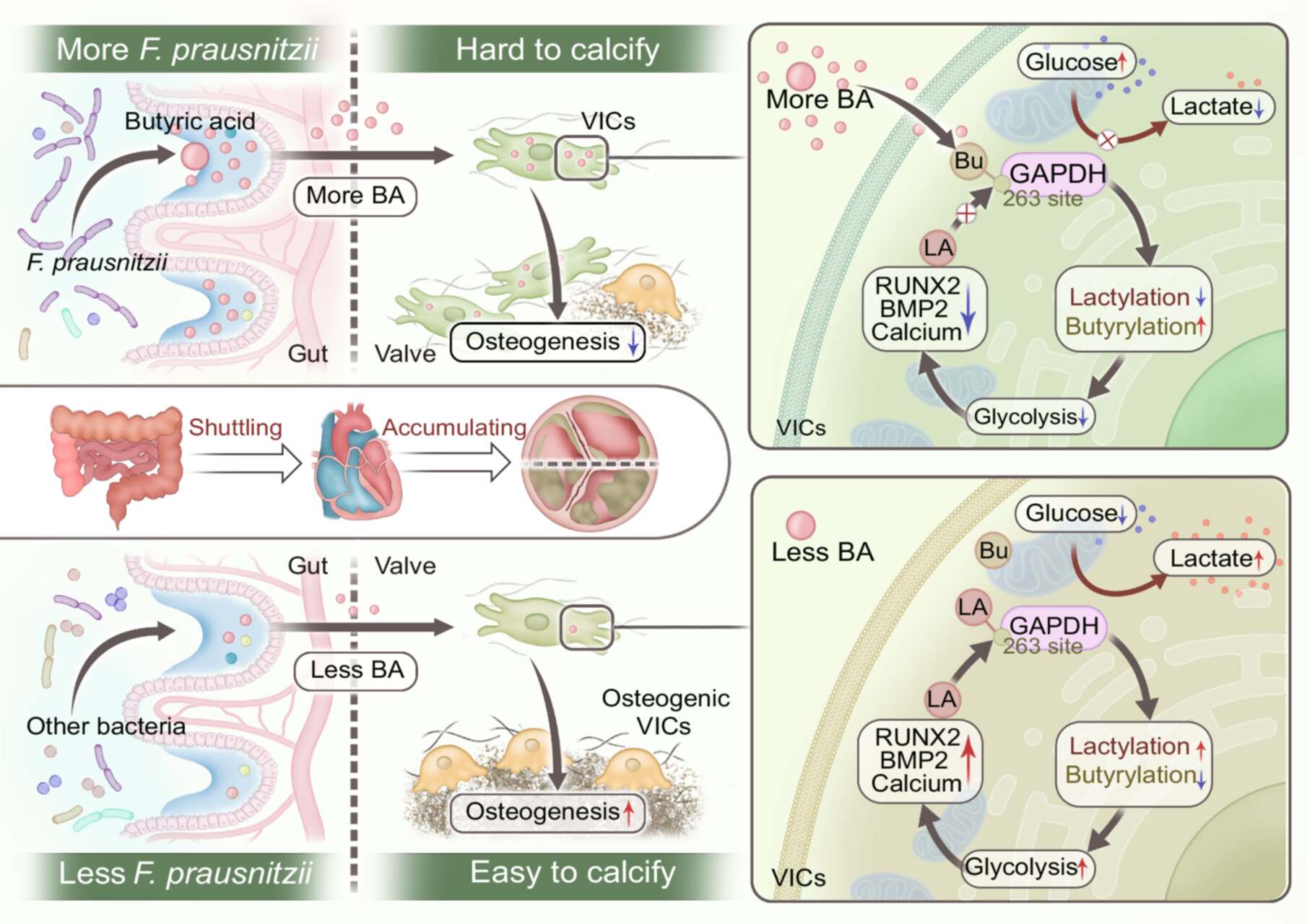
Multi-omics sequencing and correlation analysis identified the beneficial role of Faecalibacterium prausnitzii (F. prausnitzii)-derived butyric acid (BA) as a key metabolite in the restoration of valve function in calcific aortic valve disease (CAVD). The therapeutic efficacy of BA in attenuating CAVD progression was confirmed in vitro, ex vivo, and in vivo. Subsequent mechanistic investigations revealed that BA reshape glycolysis through site-specific inhibition of lactylation at the Lys-263 residue of GAPDH, which is mediated by competitive inhibition of butyrylation at the same site.
Spatio-temporal characteristics of the gastrointestinal resistome in a cow-to-calf model and its environmental dissemination in a dairy production system
- 14 May 2025
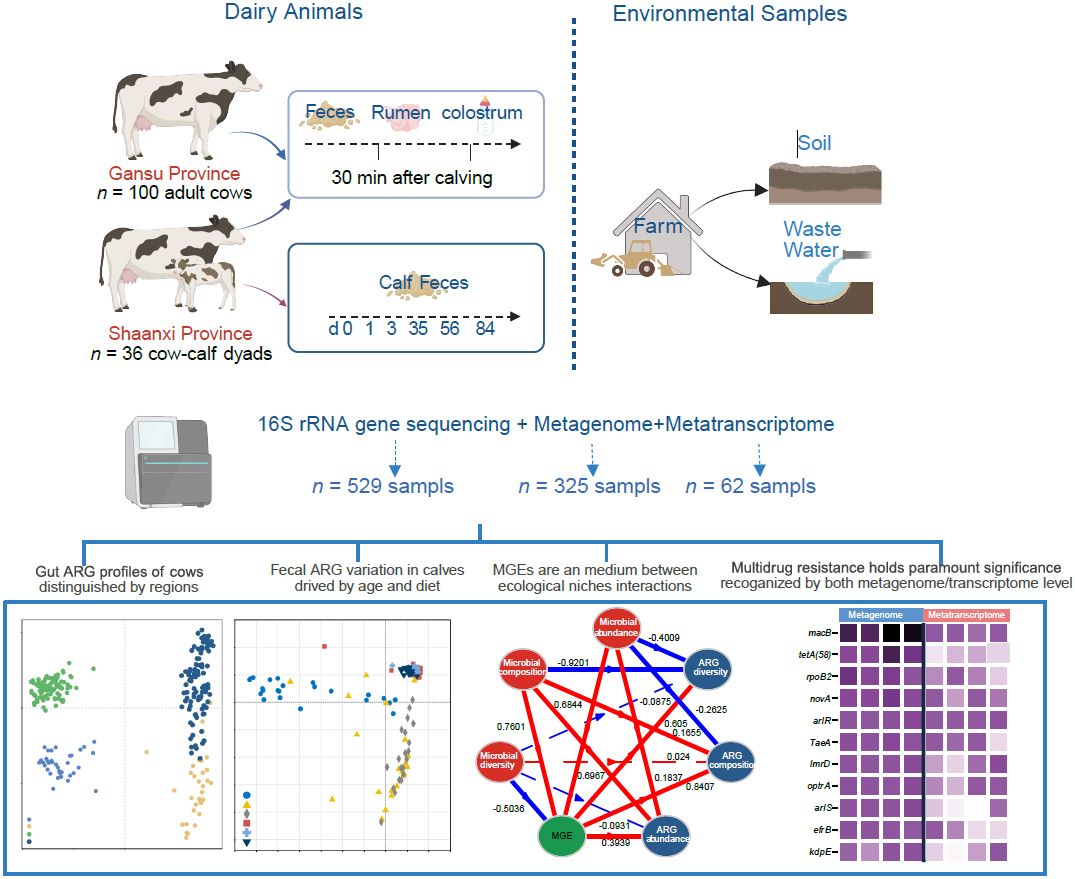
This study revealed spatio-temporal characteristics of gastrointestinal resistome in a cow-to-calf model and the pattern of their spread to the environment and offspring in the dairy production system. The gastrointestinal tract of dairy cows is a natural reservoir of resistomes and distinguished by gut sites and regions. The resistance profiles of different ecological niches (meconium, colostrum, soil, and water) were unique, and most of the features were shared with the maternal source. In the early life, antibiotics resistance genes may acquire from the maternal source, and diet and age are the primary regulatory factors of the resistome. Mobile genetic elements are an important medium between various ecological niches interactions which may occur most frequently from the soil and waste water.
Temporal response patterns of human gut microbiota to dietary fiber
- 10 May 2025
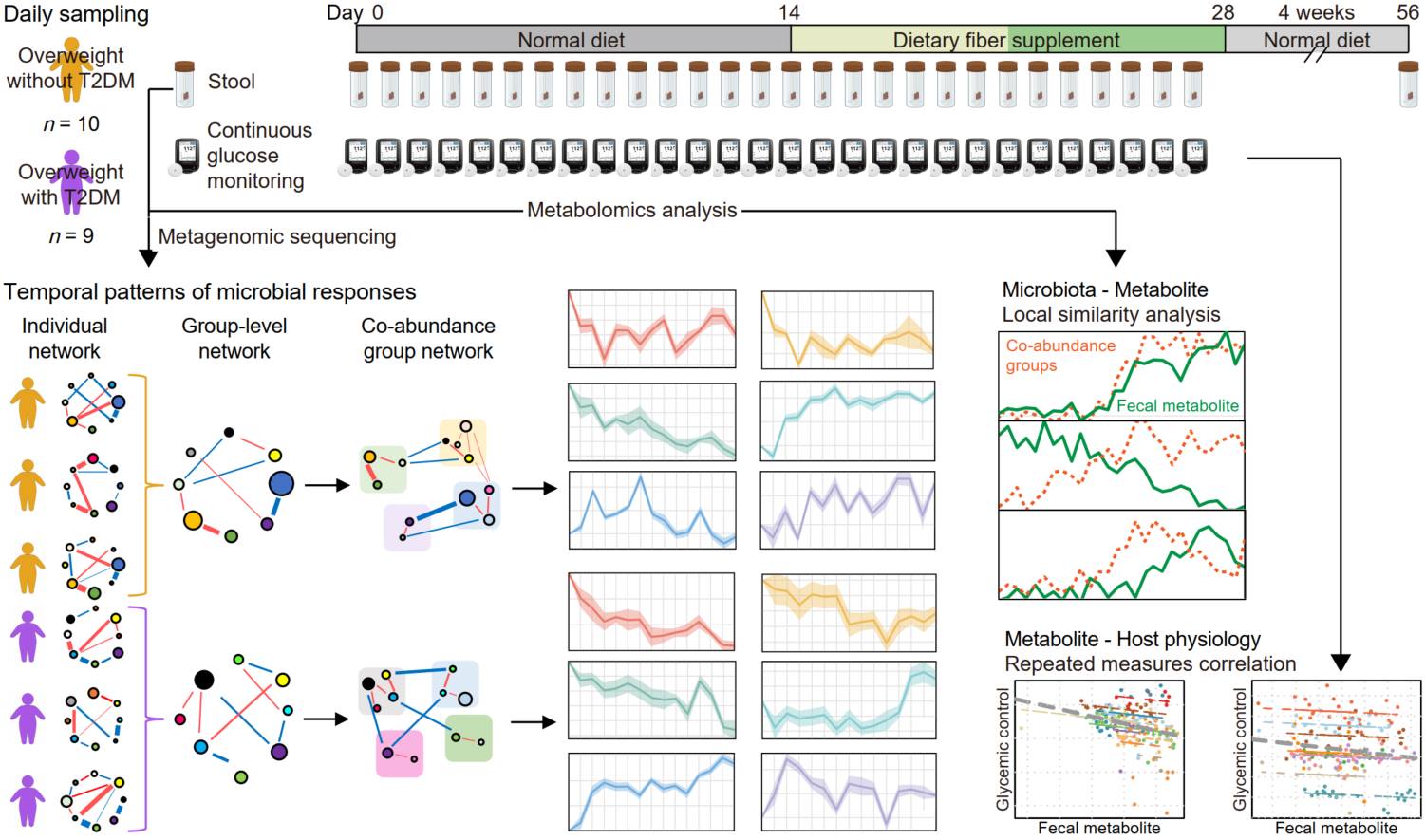
In this study, 19 overweight participants, with or without type 2 diabetes mellitus, underwent 14 days of normal-diet observation followed by 14 days of dietary fiber intervention. Fecal samples and continuous glucose monitoring data were collected daily throughout the 28-day period. Using guild-based analysis of individual-level networks and time-series approaches, we captured the dynamic responses of gut microbiota, revealing multiple abundance-shift patterns that are often overlooked by conventional sampling strategies. By integrating multi-omics data with time-delayed analysis, we further identified key microbial members and metabolites associated with host metabolic improvements, thereby providing reliable targets for subsequent mechanistic investigations.
Maternal gut microbiota-derived daidzein prevents osteoporosis in female offspring following prenatal prednisone exposure
- 28 April 2025
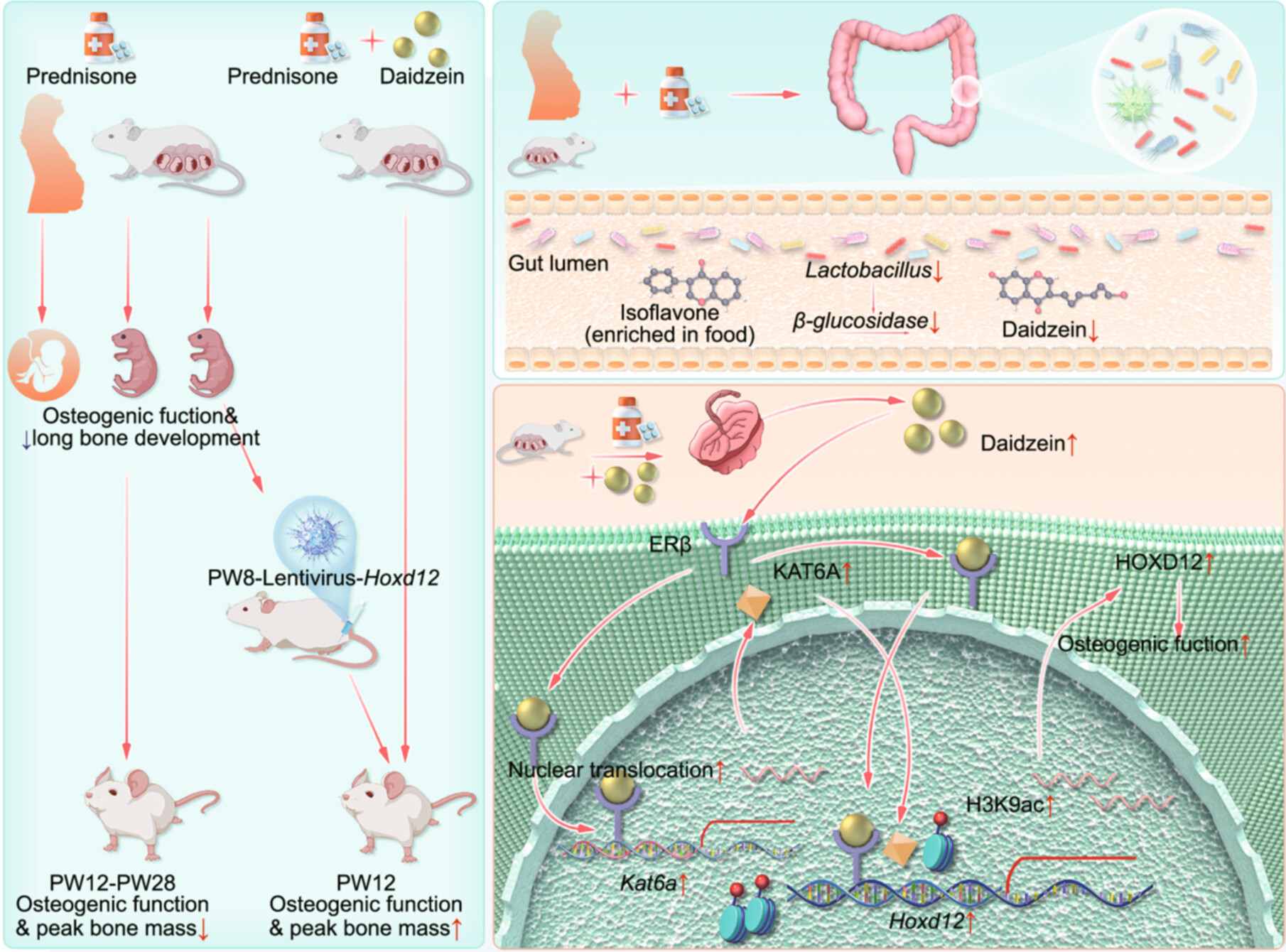
Prenatal exposure to glucocorticoids is linked to long-term health risks in offspring, but the role of maternal gut microbiota in mediating these effects remains unclear. Here, we demonstrate that prenatal prednisone therapy (PPT) in humans and prenatal prednisone exposure (PPE) in rats result in sex-specific long bone dysplasia in offspring, including reduced peak bone mass (PBM) and heightened osteoporosis risk in female offspring. Multi-omics profiling and fecal microbiota transplantation show that PPE alters maternal gut microbiota composition and depletes the microbial metabolite daidzein (DAI). DAI deficiency suppresses Hoxd12 expression, impairs osteogenesis, and leads to PBM decline in female offspring. In bone marrow-derived mesenchymal stem cells from PPE female offspring, DAI promoted Hoxd12 expression and osteogenic differentiation. Notably, DAI supplementation restored H3K9ac levels, enhanced Hoxd12 expression, and promoted osteogenic differentiation through the ERβ/KAT6A pathway. Furthermore, maternal DAI supplementation during pregnancy prevented osteoporosis susceptibility in PPE female offspring and alleviated functional abnormalities in multiple organs, including the liver, hippocampus, ovary, and adrenal gland. In conclusion, PPE induces multiorgan dysplasia and increases disease predisposition (e.g., osteoporosis) in female offspring by disrupting maternal gut microbiota and depleting DAI. Maternal DAI supplementation provides a promising preventive strategy to counteract these adverse outcomes.
EasyMetagenome: A user-friendly and flexible pipeline for shotgun metagenomic analysis in microbiome research
- 14 February 2025
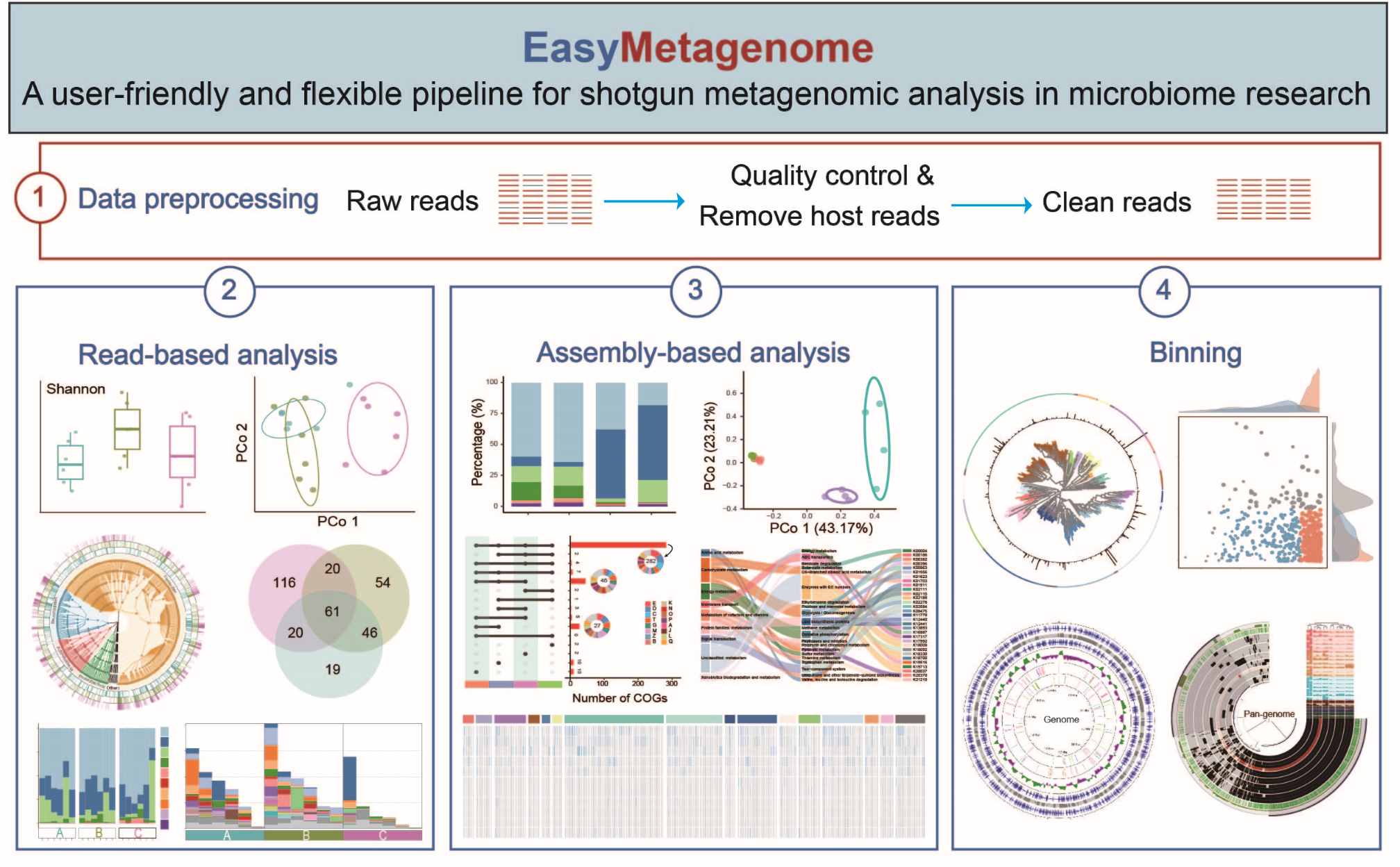
EasyMetagenome is a user-friendly shotgun metagenomics pipeline designed for comprehensive microbiome analysis, supporting quality control, host removal, read-based, assembly-based, binning, genome and pan-genome analysis. It offers customizable settings, data visualizations, and parameter explanations. The pipeline is freely available at https://github.com/YongxinLiu/EasyMetagenome.
Gut–X axis
- 26 February 2025
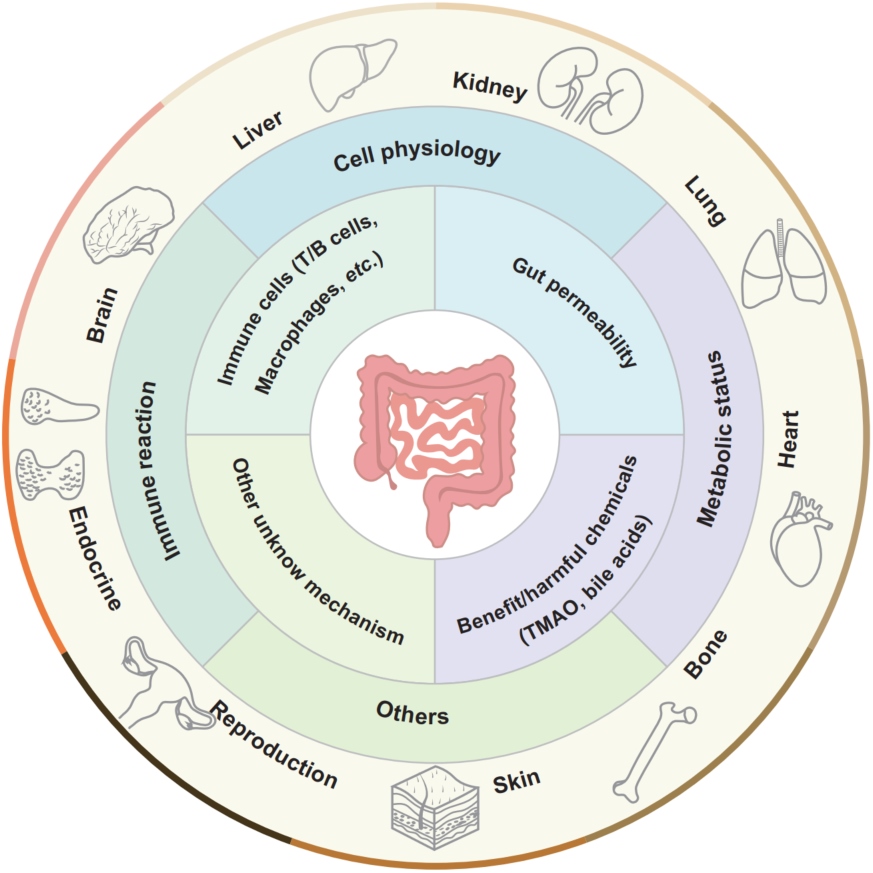
The concept of “gut–X axis”: the intestine and intestinal microbiota are proven to be able to modulate the pathophysiologic progressions of the extraintestinal organs' diseases. The bioactive chemicals and/or intestinal immune cells can translocate into the circulatory system and other organs and influence the immune reactions, metabolic status, cells physiology, and so forth of extraintestinal organs, finally regulating these organs' homeostasis. Meanwhile, other organs may reversely impact the intestine, namely such regulatory axis is bidirectional.
Ultrafast one-pass FASTQ data preprocessing, quality control, and deduplication using fastp
- 08 May 2023
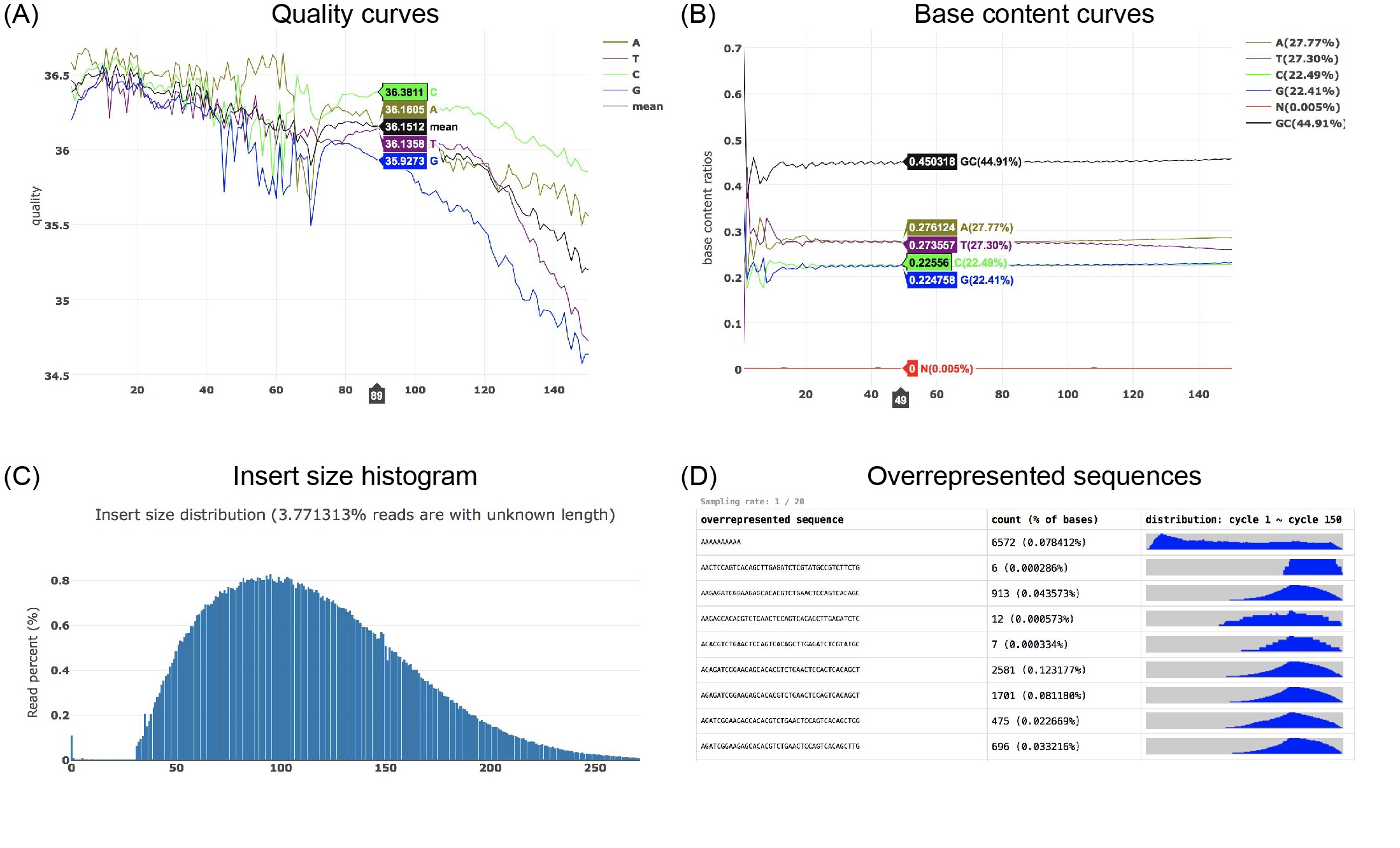
Fastp is a widely adopted tool for FASTQ data preprocessing and quality control. It is ultrafast and versatile and can perform adapter removal, global or quality trimming, read filtering, unique molecular identifier processing, base correction, and many other actions within a single pass of data scanning. Fastp has been reconstructed and upgraded with some new features. Compared to fastp 0.20.0, the new fastp 0.23.2 is even 80% faster.
ImageGP: An easy‐to‐use data visualization web server for scientific researchers
- 21 February 2022
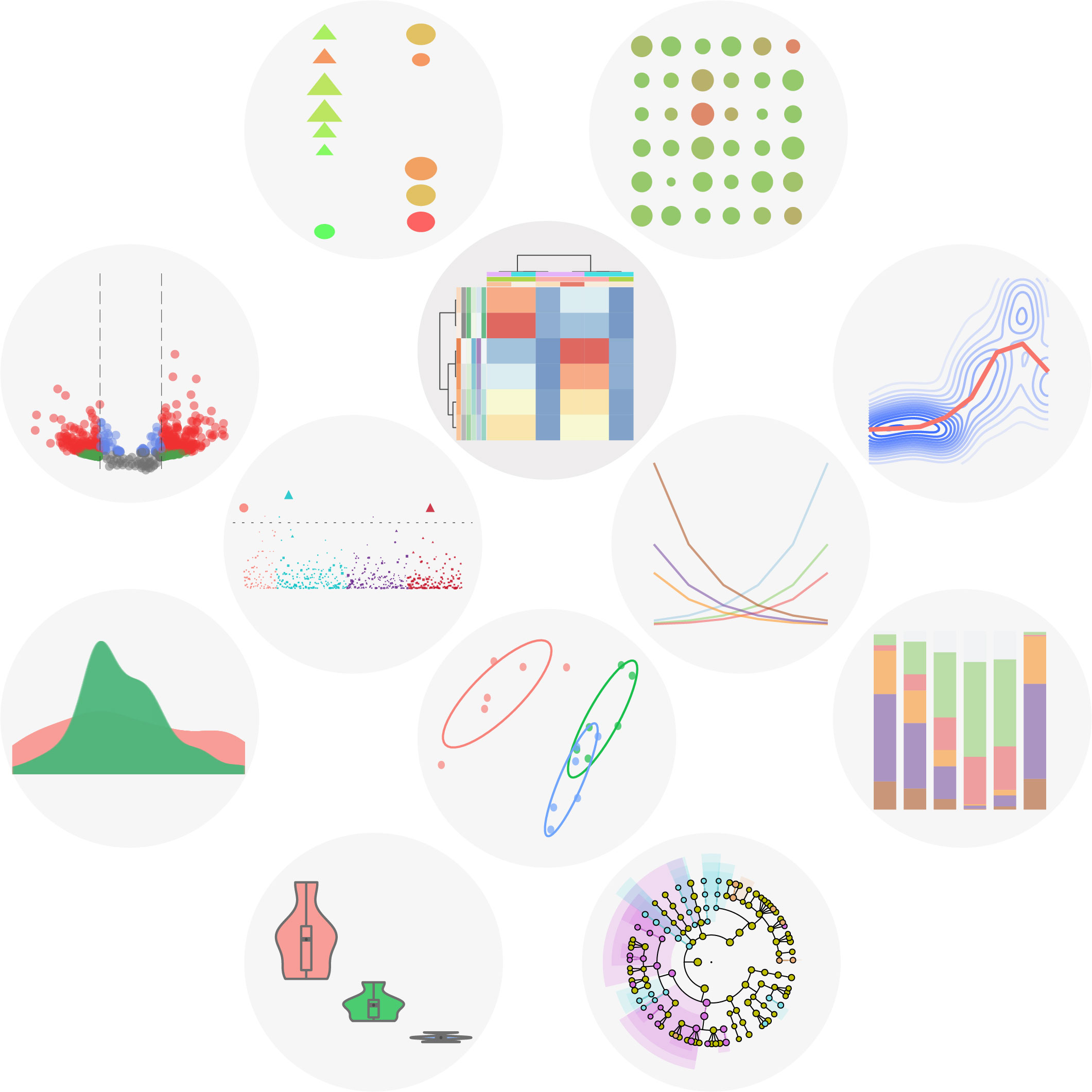
Representative visualization results of ImageGP. ImageGP supports 16 types of images and four types of online analysis with up to 26 parameters for customization. ImageGP also contains specialized plots like volcano plot, functional enrichment plot for most omics-data analysis, and other 4 specialized functions for microbiome analysis. Since 2017, ImageGP has been running for nearly 5 years and serving 336,951 visits from all over the world. Together, ImageGP (http://www.ehbio.com/ImageGP/) is an effective and efficient tool for experimental researchers to comprehensively visualize and interpret data generated from wet-lab and dry-lab.
Ggtree: A serialized data object for visualization of a phylogenetic tree and annotation data
- 28 September 2022
Using PhyloSuite for molecular phylogeny and tree-based analyses
- 16 February 2023
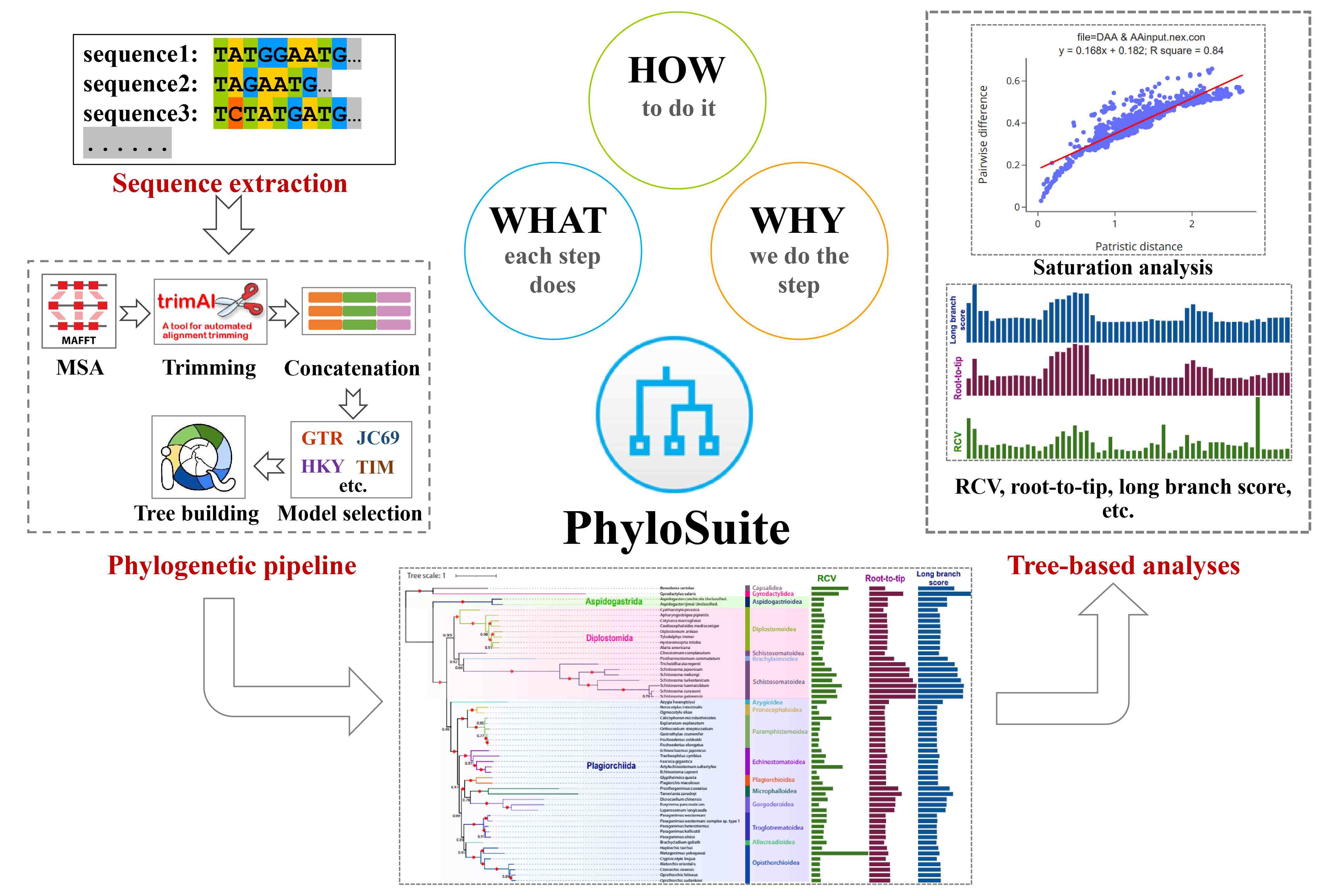
A new release of PhyloSuite, capable of conducting tree-based analyses. Detailed guidelines for each step of phylogenetic and tree-based analyses, following the “What? Why? and How?” structure. This protocol will help beginners learn how to conduct multilocus phylogenetic analyses and help experienced scientists improve their efficiency.




